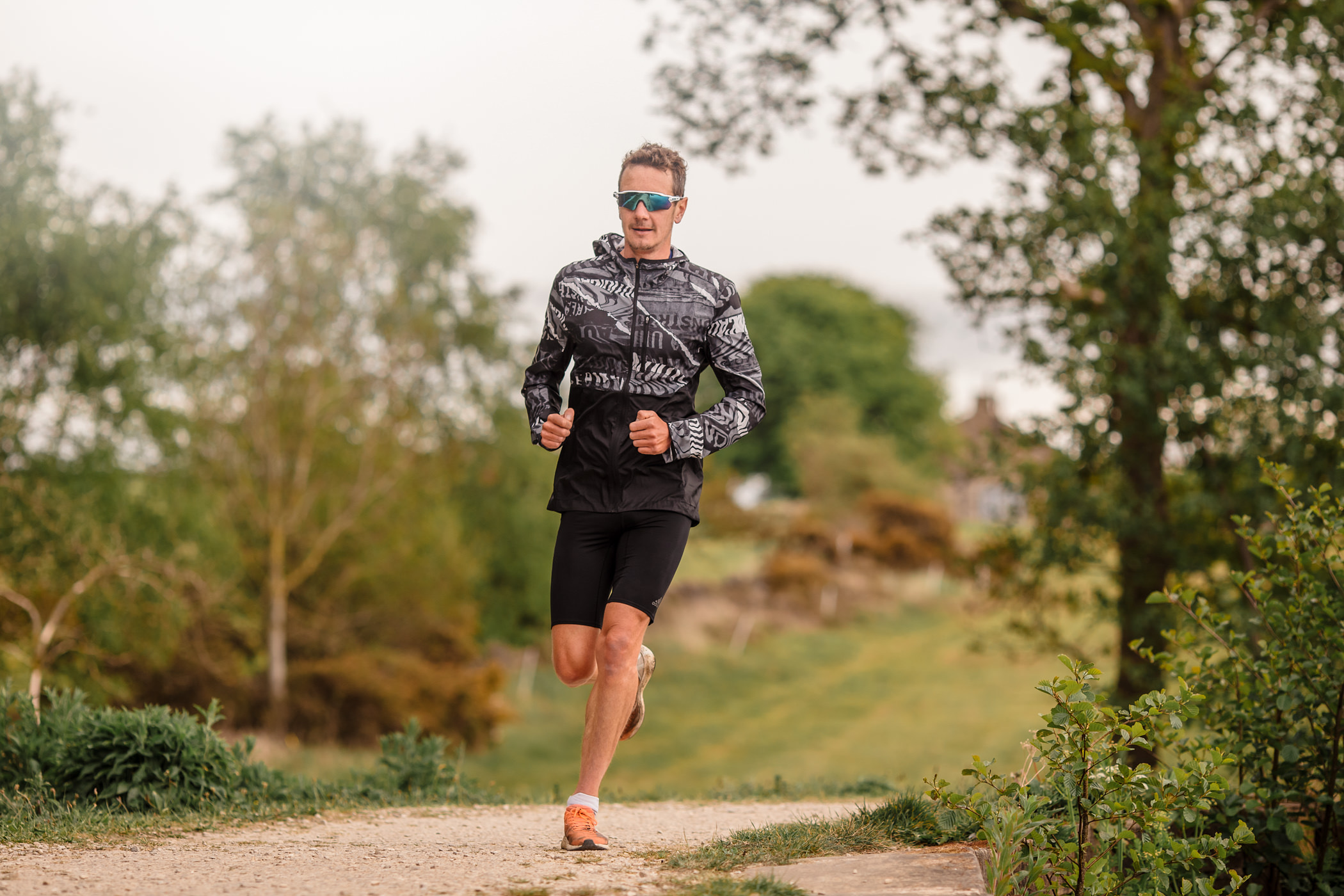Two-time Olympic Gold Medalist Alistair Brownlee discusses the science behind VALR

// A PROVEN APPROACH
What Makes Us Different
We offer each athlete a custom, individualized training plan that automatically “recalculates” when life gets in the way. Our technology uses proven zone training and personalized biometrics to drive our patented, machine learning-based algorithm that creates an effective, personalized, science-backed solution for anyone looking to improve their training regimen.
We’ve also developed a sensor to measure blood lactate noninvasively. Exercise physiologists describe this analyte as the “Gold Standard” for athletic training. It’s important enough that elite competitors routinely draw blood to measure their lactate levels. Our wristband sensor measures blood lactate in real-time during exercise—eliminating the need for needles and allowing even beginners to train as efficiently and effectively as the world’s best athletes.
Working in concert, these combined technologies help make every minute count with a smarter approach to training.

To hear more about our proprietary technology, drop us a line. We’d love to connect.
Backed by Science
- Beneke, Ralph; Leithäuser, Renate M.; Ochentel, Oliver. “Blood Lactate Diagnostics in Exercise Testing and Training.” International Journal of Sports Physiology and Performance, no. 6: 8-24, 2001.
- Billat, L. Vēronique. “Use of Blood Lactate Measurements for Prediction of Exercise Performance and for Control of Training.” Sports Medicine, no. 3: 157-176, September 1996.
- Hydren, Jay; Cohen, Bruce. “Current Scientific Evidence for a Polarized Cardiovascular Endurance Training Model.” The Journal of Strength and Conditioning Research, No 29 (12): 3523-3530, 2015.
- Pierce, E. F.; Weltman, A.; Seip, R. L.; Snead, D. “Effects of specificity of training on the lactate threshold and VO2 peak.” International Journal of Sports Medicine, No. 11:267-272, 1990.
- Roecker, Kai; Schotte, Oliver; Niess, Andreas Michael; Horstmann, Thomas; Dickhuth, Hans-Hermann. “Predicting competition performance in long-distance running by means of a treadmill test.” Medicine and Science in Sports and Exercise, No. 30 (12): 1552-1557, December 1998.
- Seiler, Stephen; Tønnessen, Epsen. “Intervals, Thresholds, and Long Slow Distance: the Role of Intensity and Duration in Endurance Training.” Sportscience, No. 13: 32-53, 2009.
- Seiler, Stephen. “What is Best Practice for Training Intensity and Duration Distribution in Endurance Athletes?“ International Journal of Sports Physiology and Performance, no. 5: 276-291, 2010.
- Zeni, Anne; Hoffman, Martin; Crawford, Philip. “Relationships Among Heart Rate, Lactate Concentration, and Perceived Effort for Different Types of Rhythmic Exercise in Women.” Archives of Physical Medicine and Rehabilitation, vol. 77: 237-241, March 1996.